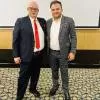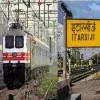A Strategic Imperative for Sustained Competitiveness
Read full article
CW Gold Benefits
- Weekly Industry Updates
- Industry Feature Stories
- Premium Newsletter Access
- Building Material Prices (weekly) + trends/analysis
- Best Stories from our sister publications - Indian Cement Review, Equipment India, Infrastructure Today
- Sector focused Research Reports
- Sector Wise Updates (infrastructure, cement, equipment & construction) + trend analysis
- Exclusive text & video interviews
- Digital Delivery
- Financial Data for publically listed companies + Analysis
- Preconceptual Projects in the pipeline PAN India
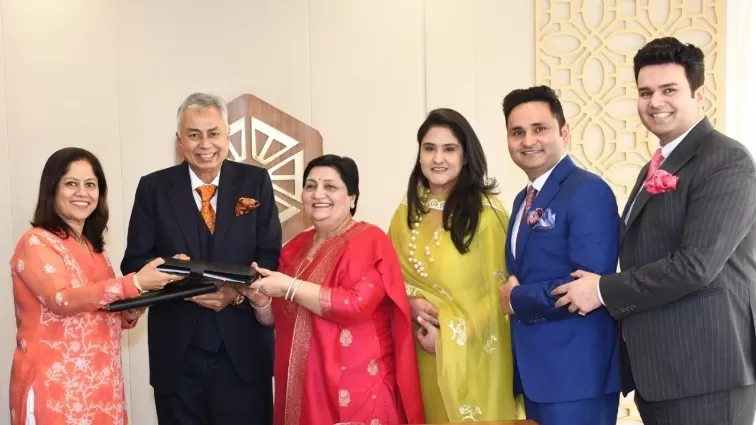
IHCL Strengthens Presence in Goa, Signs a Seleqtions Hotel in Anjuna
<p>Indian Hotels Company (IHCL), India’s largest hospitality company, today announced the signing of a SeleQtions hotel in Anjuna, Goa, a conversion of a standalone resort with expansion of inventory to 51 keys. Suma Venkatesh, Executive Vice President - Real Estate & Development, IHCL said, “Goa, with its vast and scenic coastline, remains one of India’s most sought-after travel destination. It continues to witness growing demand for experiential stays in distinctive locations like Anjuna. With a legacy of over five decades in the state, this signing..
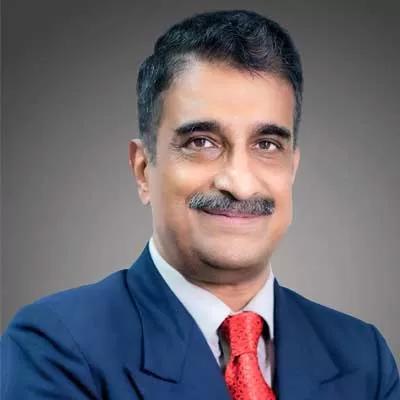
S. M. Ramanathan appointed Director Engineering, Research and Development, BHEL
S. M. Ramanathan, 58, has taken charge as Director (Engineering, Research & Development) at Bharat Heavy Electricals Limited (BHEL) following his appointment to the company's Board.Ramanathan is a Mechanical Engineering graduate from IIT Madras, with an M. Tech in Stress and Vibration Analysis and ICWA (Cost Accounts). He is also a Fellow member of the Institute of Cost Accountants of India. He started his career with BHEL as an Engineer Trainee in the company’s High Pressure Boiler Plant (HPBP), Tiruchirappalli, in 1988 and was awarded the Best Engineer Trainee award in 1989.Ramanat..
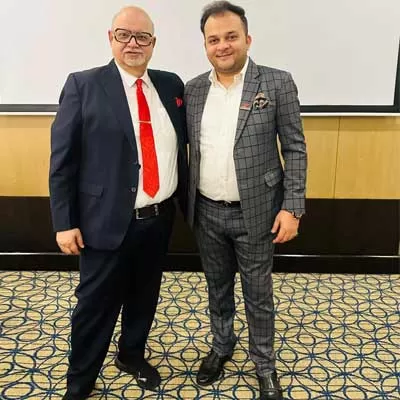
Jenika Appoints Suresh Mansharamani to Drive IPO-Led Growth
Widely respected business coach and India’s prominent OKR (Objectives and Key Results) expert Suresh Mansharamani has joined Jenika Ventures to lead performance transformation, market expansion, and long-term value creation.Jenika Ventures, a leading real estate consultancy in commercial and residential space, has welcomed renowned business coach and OKR (Objectives and Key Results) expert Suresh Mansharamani as a Scale-Up Mentor and Board Advisor. The association marks a major milestone in Jenika’s journey toward its ambitious goals, including achieving a Rs 2 trillion valuation by 2029 a..





